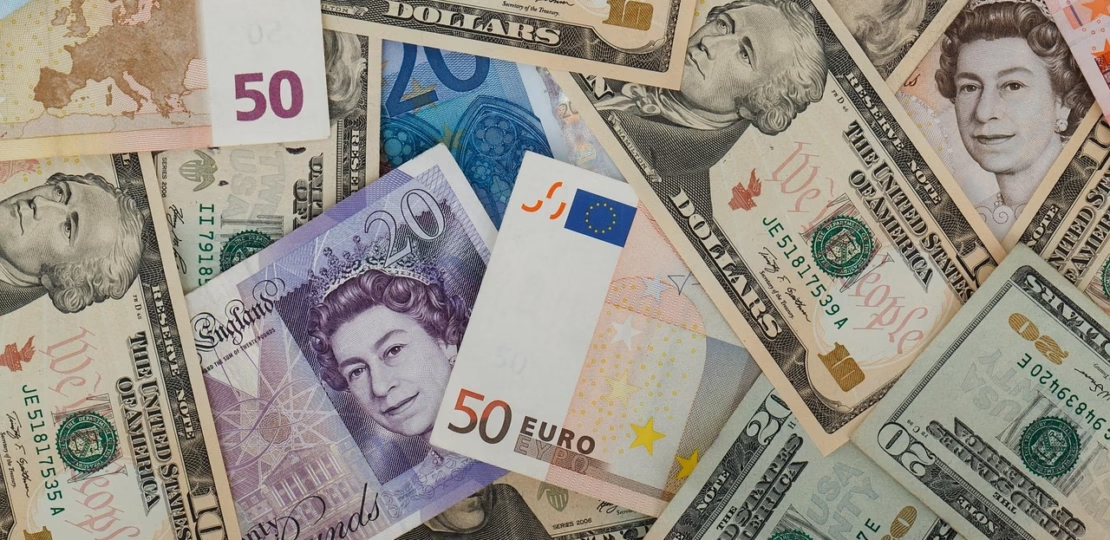“Trump opens US retirement plans to crypto and private equit
August 7, 2025 | by Sophia Vance

Trump Opens US Retirement Plans to Crypto and Private Equity Investments
In a landscape where the traditional boundaries of retirement investing are swiftly evolving, former President Donald Trump’s recent move to open US retirement plans, such as 401(k)s and IRAs, to cryptocurrency and private equity marks a pivotal shift. This is not just a headline grabber; it’s a watershed moment that signals confidence in alternative investments becoming mainstream for everyday Americans preparing for their financial futures.
What Changed: The New Investment Frontier
Historically, retirement accounts have been tethered tightly to stocks, bonds, and mutual funds — the perceived safe havens of retirement portfolios. Donald Trump’s policy initiative, however, removes these restrictions, allowing retirement savers to diversify into assets such as Bitcoin, Ethereum, and other cryptocurrencies, alongside private equity ventures previously accessible mostly to high-net-worth individuals or institutional investors.
This paradigm shift has profound implications. For one, the inclusion of crypto assets in retirement portfolios introduces much higher volatility — but with potential for exponential long-term rewards. Similarly, private equity investments, while typically illiquid and high-risk with extended horizons, bring prospects of outsized returns linked to faster-growing companies and startups. By legitimizing these assets within retirement frameworks, the government acknowledges the maturation and integration of these markets into everyday finance.
Why This Decision Matters Now
The timing couldn’t be more strategic. Millennials and Gen Z investors, digital natives who are more comfortable with technology and alternative investment paradigms, are beginning to dominate the retirement savings demographic. Their appetite for digital currencies and startup equity differs sharply from traditional asset allocation. Trump’s move effectively aligns the regulatory terrain with generational investing habits, paving the way for higher engagement and potentially better outcomes if navigated wisely.
Moreover, introducing crypto and private equity into IRAs and 401(k)s fosters financial inclusion. Previously, options in some plans were limited and often dictated by large financial institutions with a vested interest in conventional products. This new flexibility empowers individuals to personalize portfolios — an essential ingredient for retirement resilience amid inflationary pressures and uncertain markets.
The Risks and Realities
No progressive investment shift is without caveats. The sharp price swings inherent in cryptocurrencies demand a greater risk tolerance and sophisticated understanding. Private equity investments, while potentially lucrative, often require locking up capital for years with uncertain exit strategies. Retirement savers must balance ambition with prudence — blind enthusiasm could derail long-term security.
“Opening retirement plans to alternative assets is revolutionary, but it’s a double-edged sword requiring education and discipline,” notes veteran analyst Sophia Vance.
Plan providers and financial advisors will need to ramp up educational resources and risk management frameworks, ensuring investors are equipped to make informed decisions. The regulatory environment will continue evolving to provide guardrails without stifling innovation.
What This Means for Investors
For those with retirement accounts, the new rules offer a rare opportunity to enhance diversification dramatically. Crypto’s non-correlation to traditional equities and bonds can be a powerful hedge, especially in inflationary cycles. Meanwhile, private equity holds the promise of capturing early-stage gains beyond public markets’ reach.
However, savvy investors should approach this flexibility with a critical eye. Allocation size, asset selection, and timing are more important than ever. Integrating crypto or private equity as a small portion — perhaps 5-10% of a portfolio, assessed regularly — can provide upside exposure without undue risk.
It’s also vital to select custodians and plan administrators capable of handling these non-traditional assets efficiently and transparently. Not all retirement plan providers have the infrastructure or experience to manage crypto and private equity safely.
Looking Ahead: The Future of Retirement Investing
Trump’s decision is emblematic of a growing recognition that financial innovation cannot be boxed out of long-term wealth building. As governments, regulators, and industry stakeholders adapt, retirement investing will increasingly reflect a digital, decentralized, and entrepreneurial ethos.
The coming years will likely see a proliferation of new financial products tailored to retirement accounts that blend stability with dynamic growth opportunities. Cryptocurrency indices, blockchain-based private equity funds, and tokenized real assets could become commonplace.
One thing is clear: investors must embrace a sharper, more forward-thinking mindset. The era of “set it and forget it” investing is fading. Instead, success will require continuous learning, strategic rebalancing, and embracing innovation with vigilance.

RELATED POSTS
View all



